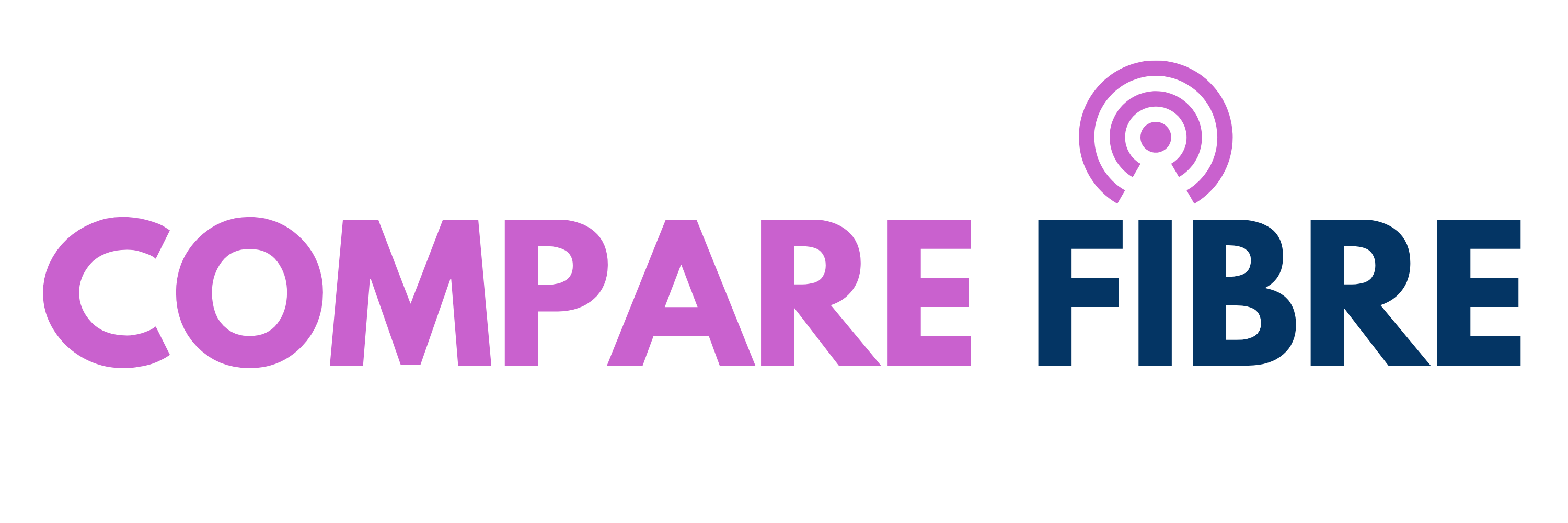Sky Fibre Speed Test
Are You Getting The Advertised Speed You Should Be From Sky?
Speed Test More Broadband Providers
Not Getting The Speed You Hoped For From Sky?
Sky Fibre Speed Test
A speed test on your Sky fibre broadband connection is quick and easy to do. For accurate results, follow the steps outlined below.
How to run a fibre broadband speed test
1. Close down internet-connected software such as web browsers, cloud applications, music or video streaming services, and client servers.
2. Double-check that no one else is using the broadband connection and that all cables connected to the device are secure.
3. Turn off any electronic devices that emit signals such as smart TVs, home surveillance systems, tablets, smartphones and games consoles.
4. Pause all downloads and uploads.
5. Ensure that the device you are testing is close to your wireless hub, if you are using one. It’s best to be less than 10m from the hub and to check there is nothing that could block the signal, such as a dividing wall.
6. Check the time before commencing the speed test. If you run the test between 7pm and 10pm, be aware that this may affect your test results, as many other broadband users will be online.
7. On the Compare Fibre broadband website, select the “Sky Fibre Speed Test” from the drop-down menu.
8. Once the page has loaded, click the “GO” button to start the speed test.
9. You may need to wait over one minute to receive the results of the test.
Sky fibre broadband: interpreting the results
Once the test is complete, you will receive an outline of your fibre broadband connection’s readings. They will show:
– The download and upload speed, measured in Mbps (Megabits per second). The speed is measured by sending small data packets from the device to a test server. The ideal range is 35-300+ Mbps. If the amount is lower than this, it is worth doing the test at a different time of day to see if your results differ.
– Pings (also called “latency”). Measured in milliseconds (ms), they show the time it takes for your broadband device to respond to a request. Less than 100 ms is best as it means you have a responsive connection.
– Jitters, which use the same measurement as pings. This is the amount the ping varies over a set time. Less than 30 ms is best as you’re much less likely to have buffering or drop-outs in your connection.
What are broadband speed tests used for?
You can use the results of the test to learn how your connection speed differs during the day and which time and days your network is most congested (which can affect downloading and uploading files, for example). You can also crosscheck the results with the speeds advertised by your fibre broadband provider and decide whether you are getting good value for your money.
Running speed tests is important to do, regardless of what you use your device for. A fast and reliable connection makes it easier to stream video and music, play games, share files and makes working from home considerably more efficient.
Benefits of Sky fibre broadband
Traditional broadband is becoming increasingly outdated since it was first released in 2000. Fibre optic broadband is a newer innovation and its benefits include:
– More reliability as it suffers less downtime and more consistent coverage.
– Symmetric speeds, which means upload and download speeds are relatively equal. Traditional broadband (which uses copper) has a slower upload compared to download.
– Quicker to access cloud-based services, such as CRM software or applications.
– Lower latency (also known as pings), which means data is sent between your device and the service much faster. This improves the quality of VoIP, streaming, gaming, file transfers, and much more.
– Less prone to electromagnetic interference.
– More secure from data theft as it’s more difficult to tap the fibre cable, which is made of glass filament, instead of copper.
To find out more about running a Sky fibre speed test, get in touch with us at Compare Fibre today.
